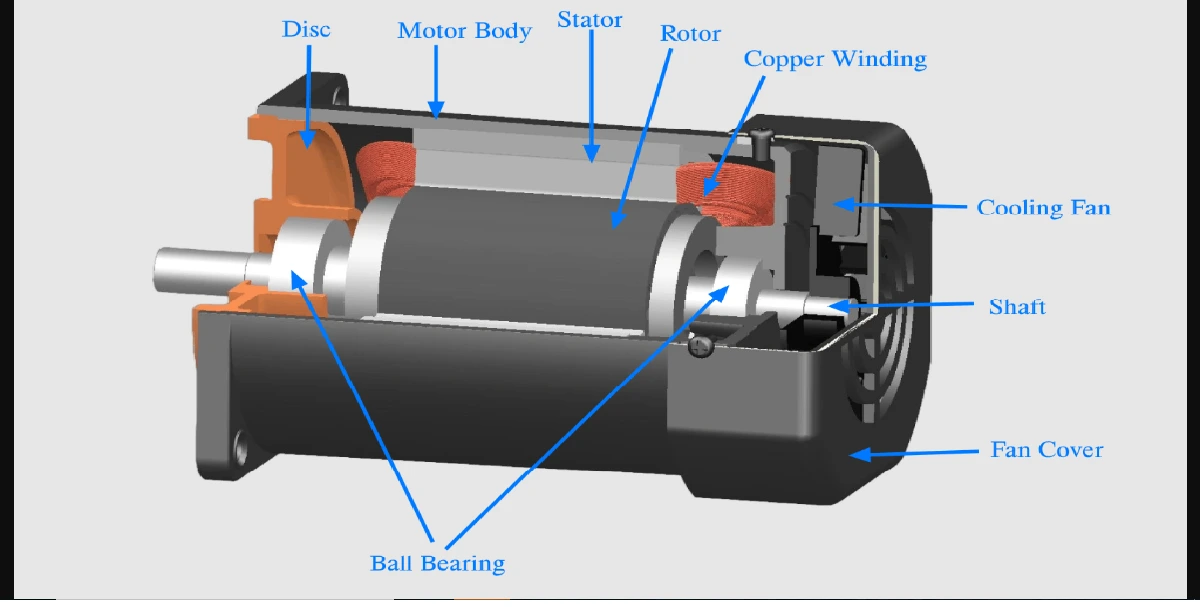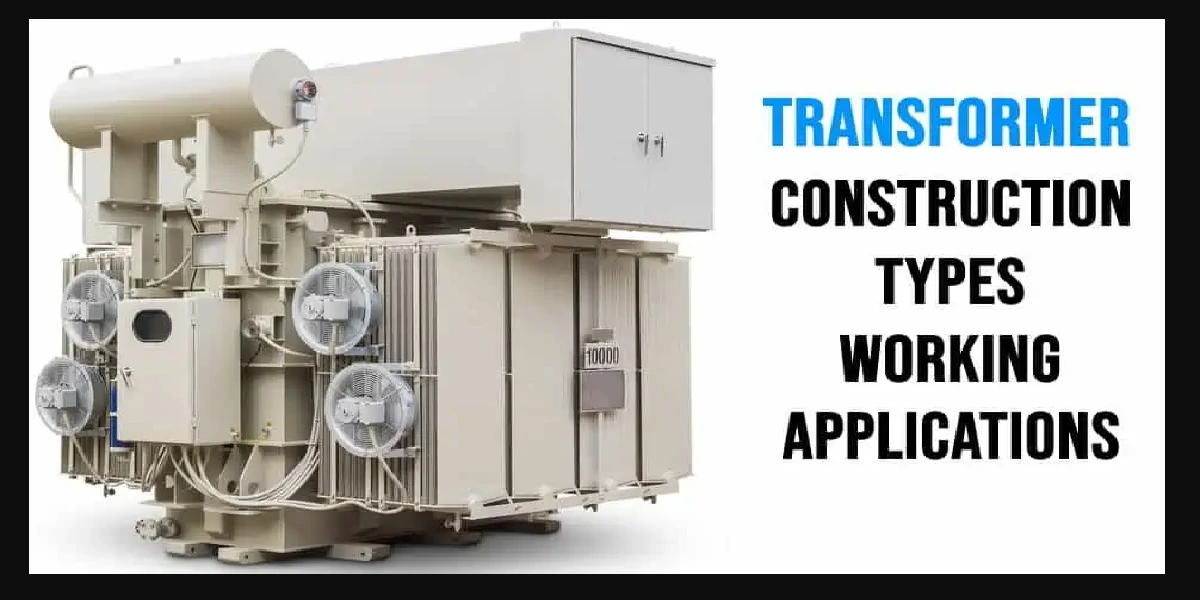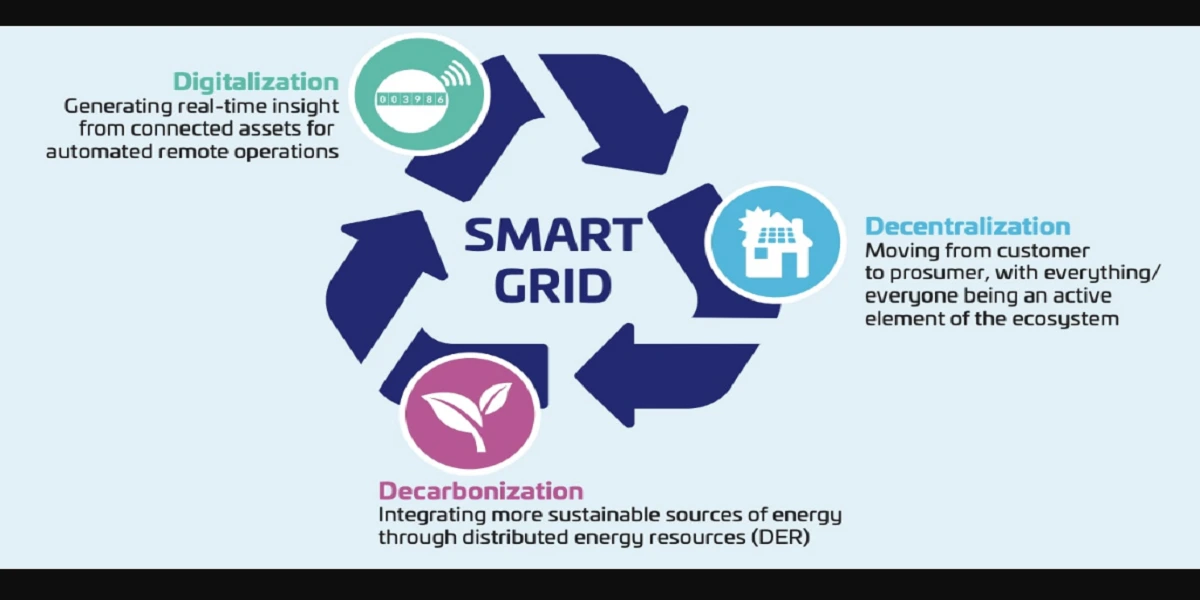Semiconductors pass electricity under some conditions—imagine them as energy flow gatekeepers. Conventional semiconductors such as Silicon (Si) possess a “narrow” energy bandgap (~1.1 eV). Wide bandgap semiconductors possess much wider spacing—SiC (~3.3 eV) and GaN (~3.4 eV)—to allow them to sustain higher voltages, temperatures, and frequencies.
Evolution from Silicon to SiC/GaN
![]()
Silicon has driven the tech revolution for decades. But as devices require more power in smaller packages, silicon runs into physical limits. WBG semiconductors come to the rescue: stronger, faster, and much more efficient.
Understanding the Core Technologies
Silicon Carbide (SiC) Overview
SiC is renowned for:
High thermal conductivity
Durability in harsh environments
Excellent high-voltage performance
It’s extensively applied in EV inverters, power grids, and industrial motors.
Gallium Nitride (GaN) Overview
GaN excels in:
High-frequency switching
Reduced on-resistance
Small form factors
It’s ideal for fast chargers, RF devices, and 5G base stations.
Why Wide bandgap semiconductors Shine So Brighter than Silicon
Higher Bandgap Energy which allows them to:
Operate at significantly higher voltages
Withstand higher temperatures (even up to 600°C!)
Function well under extreme conditions
Higher Efficiency and Power Density
Less energy gets lost as heat. Which means:
Smaller heat sinks are needed
More energy is saved
Devices have longer lifespans
Faster Switching Speeds
WBG semiconductors switch on/off 10x faster than silicon, enabling:
Faster response times
Operating at higher frequencies
Improved performance in small devices
Smaller, Lighter Systems
Since they dissipate heat better and switch more rapidly, components can be designed:
Smaller
Lighter
More portable
Ideal for applications like automotive, aerospace, and consumer electronics.
Key Applications in the Real World
Electric Vehicles (EVs)
WBG semiconductors drive:
- On-board chargers
- Traction inverters
- DC-DC converters
Tesla and BYD are already employing SiC for their EV platforms.
Renewable Energy Systems
GaNaSic inverters improve efficiency in:
Solar panels
Wind turbines
Smart grid connections
5G and RF Communications
GaN facilitates:
High-frequency signal amplification
Compact RF systems
Efficient 5G base stations
Aerospace and Defense
Withstand cosmic rays, high heat, and harsh environments—perfect for:
Satellites
Radar systems
Jet engine control units
Consumer Electronics
From GaN fast chargers to space-saving adapters, customers receive:
Less heat
Faster charging
Travel size
Leading Firms in the WBG Segment
Major players are:
Infineon Technologies
Wolfspeed (Cree)
STMicroelectronics
Texas Instruments
Navitas Semiconductor
Challenges and Constraints
High Material Cost
It costs to produce SiC/GaN. But as volume scales, prices should fall.
Manufacturing Challenges
Growing WBG crystals is more difficult and more challenging to process than silicon. It demands:
Advanced equipment
estring quality control
Specialized expertise
Thermal Management Issues
Although SiC/GaN can manage heat better, they nevertheless require:
Effective heat solutions
Smart design to avoid thermal runaway
Innovations On the Horizon
Advanced Packaging Methods
To manage more power in less space, technologies such as:
Chip-scale packaging
Embedded die
Double-sided cooling
are being pursued.
Conclusion: Wide bandgap semiconductors (SiC/GaN) are no mere incremental upgrade—they’re a technological leap. From powering the next EV to making AI-powered smart grids possible, these materials are revolutionizing industries.
Read also: DC Motors Definition Working Types Uses





